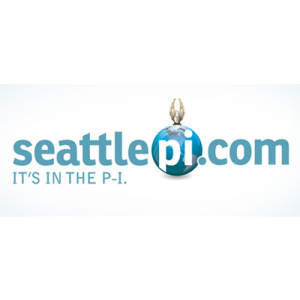
A little-noticed USA Today/CNN/Gallup poll in October showed 35 percent of Americans consider themselves independents — a plurality of the national electorate (Republicans, 32 percent; Democrats, 31 percent). It is statistically obvious that independent voters decided the results of the November elections. But who is the independent voter? And how does this plurality fit into the American political scene?
Independent voters are largely misunderstood because they are always examined through a parochial two-party lens as voters who swing to one or the other of the major parties. The fact that these millions have declared themselves to be other than Democrats or Republicans is considered irrelevant. I have sat in endless campaign meetings with political consultants who relate to independents simply as voters to “poll and pull” on the issues, never willing to investigate why or respecting that they have made a particular statement in defining themselves outside the two parties.
Those who made an effort to understand the independent voter — Michael Bloomberg in the 2001 New York City mayoral race — succeeded in overcoming huge odds to win. Presidential aspirant Sen. John McCain, who reached out to independents with an explicit anti-special interest message, didn’t win but established himself as a national leader of integrity, a quality that is hard to come by in today’s political marketplace. Given the numbers, presidential contenders (and their parties) ignore independents at their peril.
The more closely you look at the numbers, the more intriguing the picture gets. Some 22 states have open Democratic primaries in which independents are permitted to vote. The electoral college votes from these states total a hefty 233. While independents split between McCain and Bill Bradley in 2000, in 2004 there will (presumably) be no Republican presidential primary, putting independents in play only in the Democratic primaries. The Democrat shrewd enough to connect to the independent voter will have a significant edge going into the compressed primary season and, if successful, in the general election, too.
Still, it is difficult for traditional Democratic and Republican players to appreciate the political and psychological make-up of the independent voter.
Many analysts and consultants contend that the independent voter is, ideologically speaking, at the center.
The problem with this analysis is that it fails to note that independents actually span the ideological spectrum and, more important, reject the traditional left/center/right ideological paradigm altogether. No small part of why independents declare themselves as such is that they balk at the idea of being categorized. Independents seek solutions to policy questions that are free of labels, which means free of partisan politics.
The prevailing (bipartisan) approach to independents is to try to plug them back into the ideological paradigm with the accompanying mantra “they’re really centrists,” or whatever label fits the pollsters’ bill. Those of us who’ve been building the independent movement know otherwise. The independent voter might support policies associated with diverse points along the spectrum, but they are independents because they believe there is something wrong with the existing political order. They believe politicians and government have been corrupted. They’re looking for a “way out,” a way out of special interest-driven politics.
The establishment parties, not surprising, do not want to encourage this direction. Instead, they offer independents a way by broaching policy issues that poll well with them. That’s why independents, ultimately, have to rely on themselves as the engine for the kinds of political reforms that will bring the special interests to heel. The Democrats and Republicans will not willingly undermine their bipartisan control of America’s political process.
Until now, Republicans have done better than Democrats with independents. In broad historical terms, the Democratic Party, the philosophy of liberalism and the New Deal coalition, dominated the past century’s Big Government political order (and can be held accountable for its failures). It is natural that Republicans and independents bond more frequently on the need to challenge Big Government.
Republicans are betting the new order will benefit them. At the moment, the independents are insufficiently organized and lack a unified political voice to fully assert their distinct interests in the mix. The collapse of the Perot movement and the Reform Party, the sectarian marginality of the Greens, the Libertarians and other third party ideologues and the elaborate matrix of laws and regulations biased against independents have disrupted and delayed efforts to unify an independent movement.
But with the numbers there — 35 percent of the electorate — leaders of the independent movement are working to effect a level of unity sufficient to bring an anti-special interest, political reform agenda into the 2004 presidential elections and to challenge all candidates to address it.
If architects and leaders of the movement succeed in helping independents find their own voice, this anti-establishment voting bloc will become powerful indeed. The Nov. 5 results have Republicans believing they are now a majoritarian force. The Democrats, wounded and tattered though they are, still see themselves as an emerging majority. But add the self-defined, self-propelled independents to the mix and soon an energized, anti-corruption plurality will be able to drive American politics in a whole new direction.